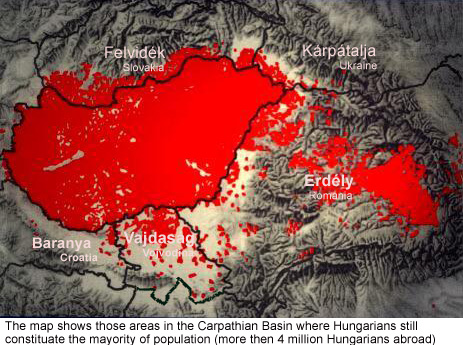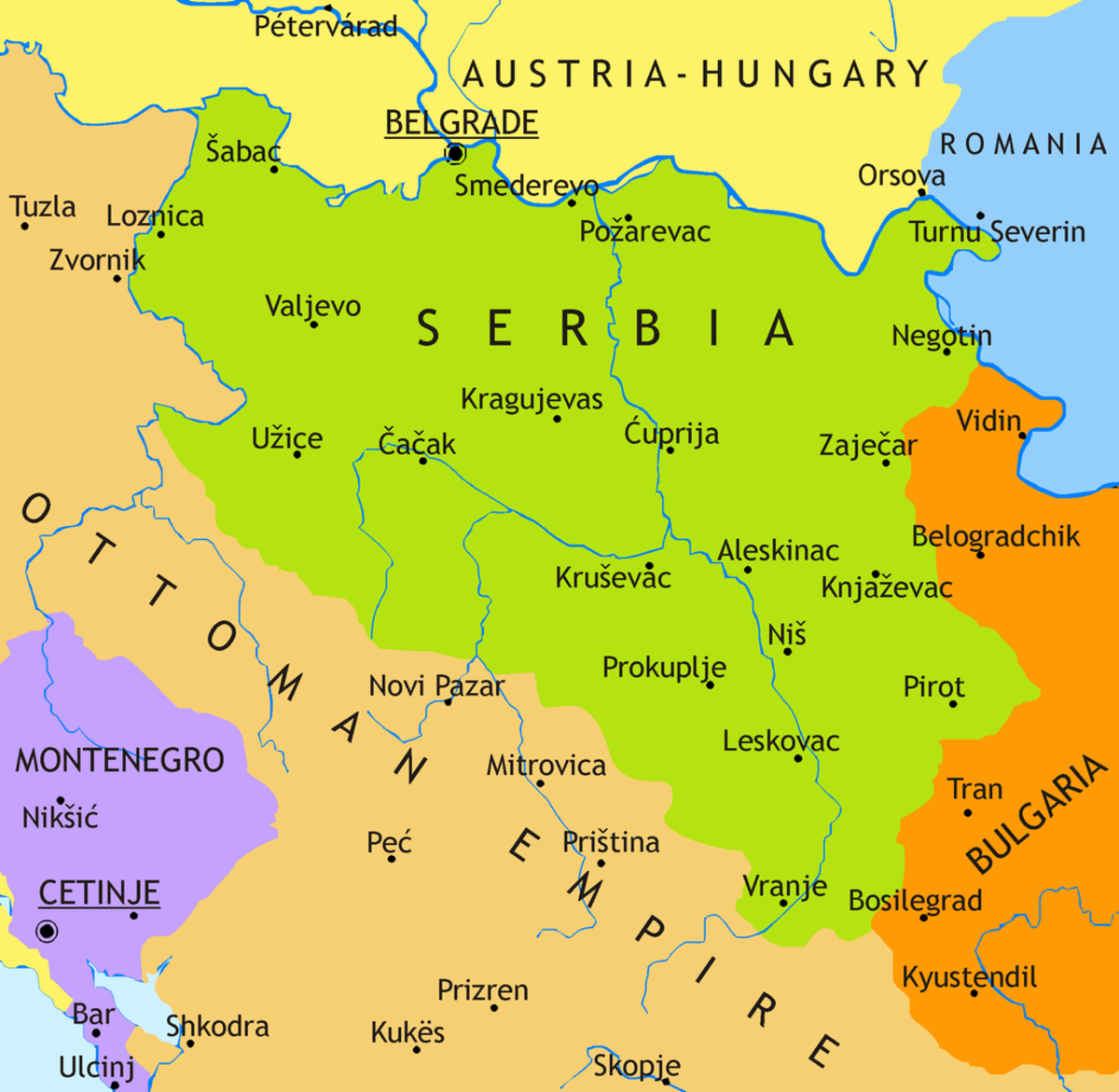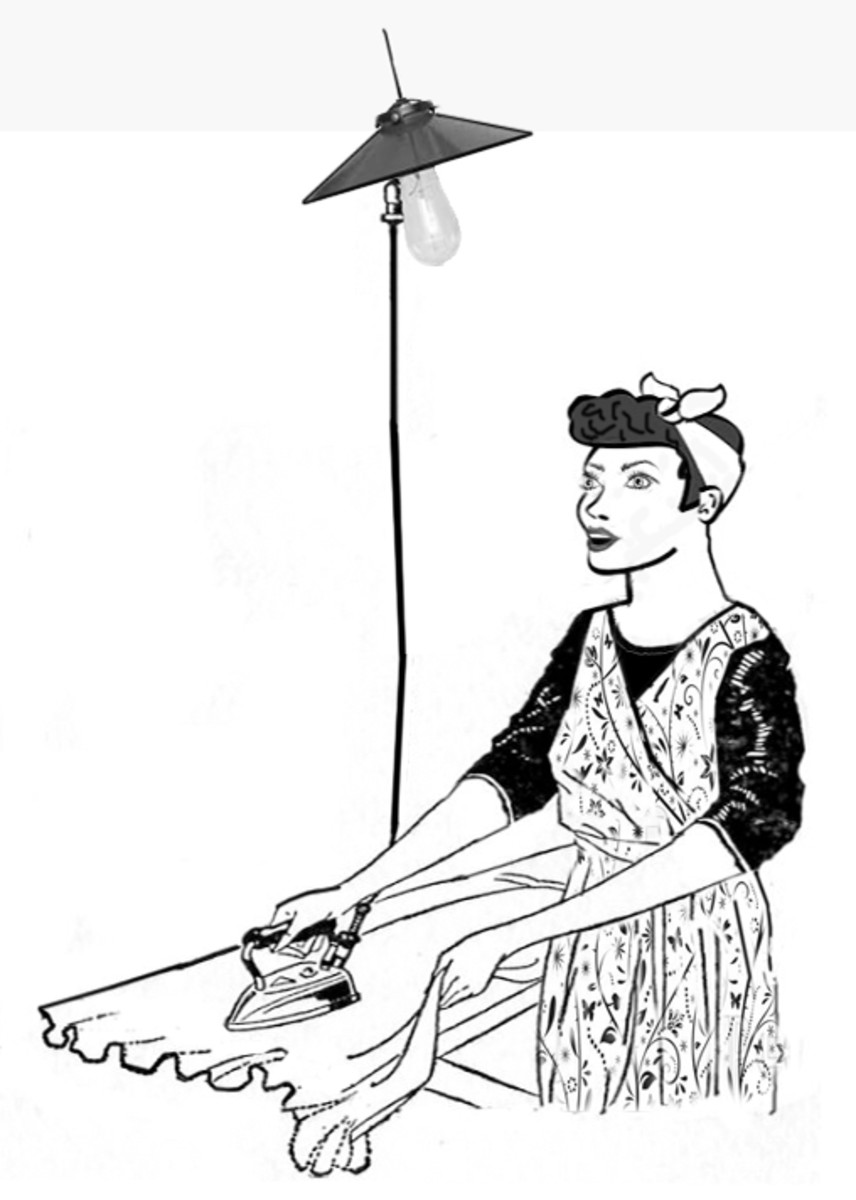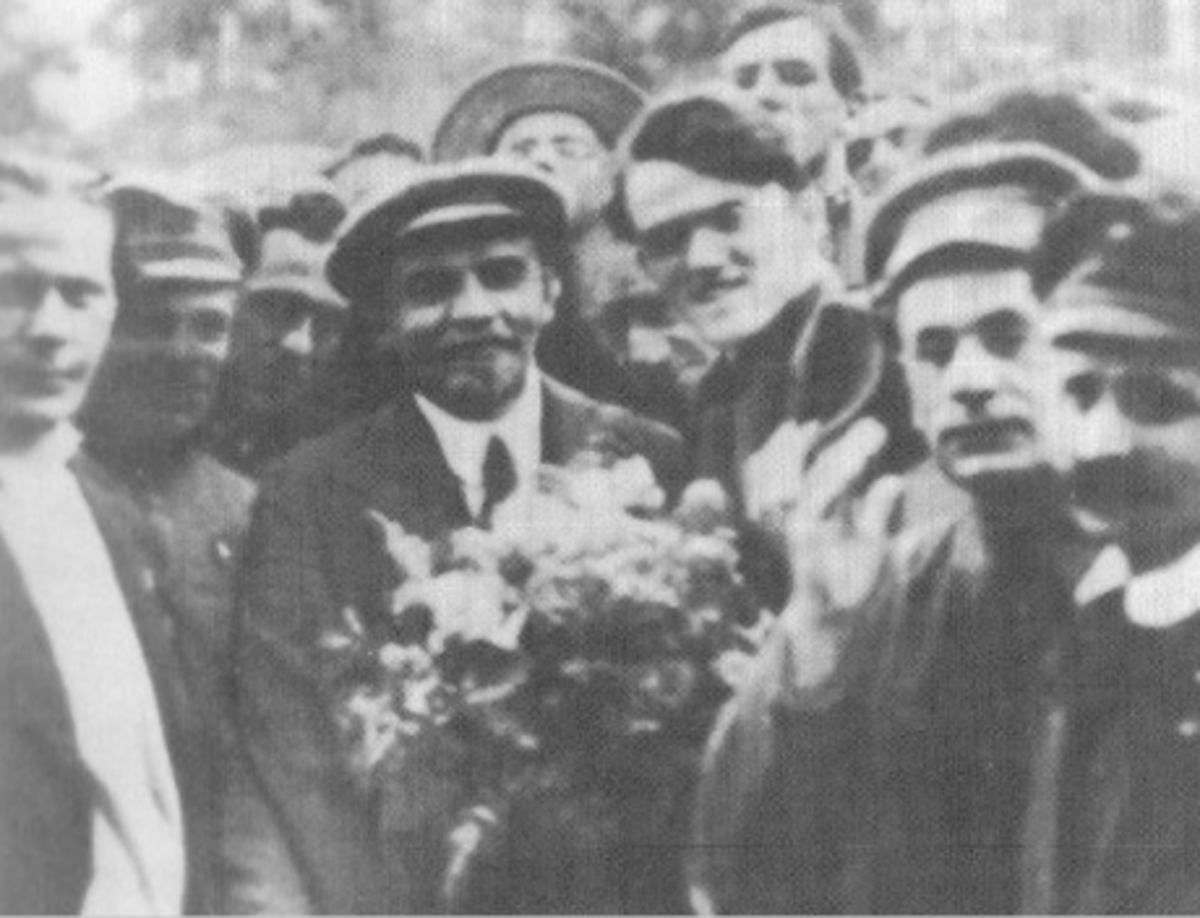Hungarian and Bulgarian Interwar Revisionism: Part 16
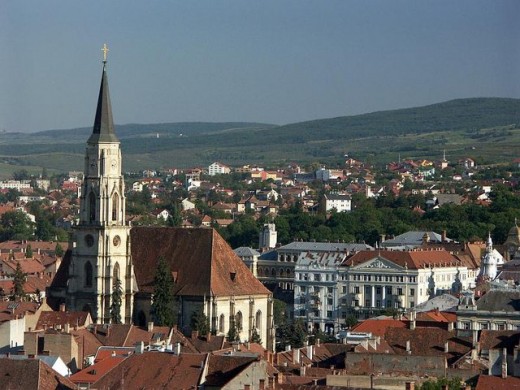
Contemporary Hungarian Relations with the Former Little Entente States
Since the fall of the Berlin Wall the fear amongst many of Hungary’s neighbours was that she would try her hand at military revisionism, although this was never seriously considered by Hungarian democratic governments. We can see the almost instant reemergence of Hungarian nationalism with the fall of communism. Old enemies could again be branded as ‘enemies’ after 40 some years of official “socialist brotherhood.” During the 1990s there were serious tensions between Hungary and Slovakia and Romania directly over the minority problems created by Trianon. It is natural that such tensions should have reemerged after decades of official silence in Central and Eastern Europe. However, it is interesting to note how these tensions almost reached boiling point in the 1970s and 1980s between the two “fraternal” states. Ceauşescu’s systematic attack upon Romania’s ethnic minorities is well documented, and not the purpose of this work. However, it was the biggest reason for tensions between Romania and Hungary during the communist years.
A topic such as the 1848 Revolution, which occurred over 150 years ago, managed to get heated debates (on paper and in publications, not out in the open) due to the nature and parts played by the Hungarian Kingdom’s various ethnic groups during that conflict. The most controversial, and incidentally least likely to ever be solved, debate is over who was in Transylvania first/for the longest, thus being able to claim a right to the territory. The fear and distrust of historic Hungary towards her ethnic minorities naturally lead to mutual feelings amongst the Slavs and Romanians. These feelings are still oftentimes visible today as well, for instance with the recent Hungarian “Status Law” (Státus Törvény) thought up by the conservative Alliance of Free Democrats (Fidesz – Fiatal Demokraták Szövetsége) party of Viktor Orbán at the beginning of this century. These “laws” were meant to help ethnic Hungarians gain medical, educational and other rights. Already on 22 December 2001, the Hungarian and Romanian governments signed a “memorandum of understanding” concerning the status law. Today problems concerning Hungarian minority rights are still quite common in the news regarding Slovakia, Romania and Serbia.
International attention has been drawn to the numerous anti-Hungarian beatings and vandalism in the Vojvodina region of Serbia in May, June and July of 2004. High level Hungarian-Serb talks were held to deal with the problem, which the Serb government mainly blamed on displaced Serbs from Bosnia, Croatia and Kosovo who were moved to Vojvodina after the Yugoslav wars, and who tend to be more aggressive towards minorities due to their experiences of ethnic conflict. The plight of the Hungarians in Vojvodina also evoked a reaction from the United States government, which would be favorable to the Hungarian and other minorities in the region of Serbia. Another current example of the negative treatment of Hungarian cultural and educational institutions in areas with substantial Hungarian minorities is the situation in Sub-Carpathian Ukraine. In the city of Berehovo (Beregszász in Hungarian) the old Habsburg era judicial palace, which was in an advanced state of disrepair, was officially handed over to the Sub-Carpathian Hungarian Cultural Association (Kárpátaljai Magyar Kulturális Szövetség or KMKSZ) by the city authorities in 2002, on condition that the Hungarians carry out the renovations on the building, and that they set up a Ukrainian language pedagogical programme as well.
In Romania the situation was very tense in the early to late 1990s. The ethnic hostility evident between Hungarians and Romanians in just the city of Cluj (Kolozsvár in Hungarian) in Transylvania is just a short example. Haggling over ownership rights to territories is of course not a uniquely Hungarian obsession. It is evident from Yugoslavia, to Nagorno-Karabakh, to Zimbabwe. Since the end of the Cold War, Hungarian-Romanian tensions over the status of the Hungarian minority in Transylvania again emerged.
It is safe to say that deep wounds leave lasting scars. At the time of writing, Hungary is getting ready for a referendum on whether to give Hungarians living in the neighboring states full Hungarian citizenship. Even though the subject is becoming less and less heated, especially between Slovakia, Romania and Hungary as all three are now EU member states, issues still crop up that can be directly connected to the decisions of Trianon.
- Hungarian and Bulgarian Interwar Revisionism: Part 17
Part 17 (FINAL PART) of a series that compares and contrasts Hungarian and Bulgarian Revisionism of the interwar years which aimed to regain territories lost by each country at treaties in Paris following World War I.
